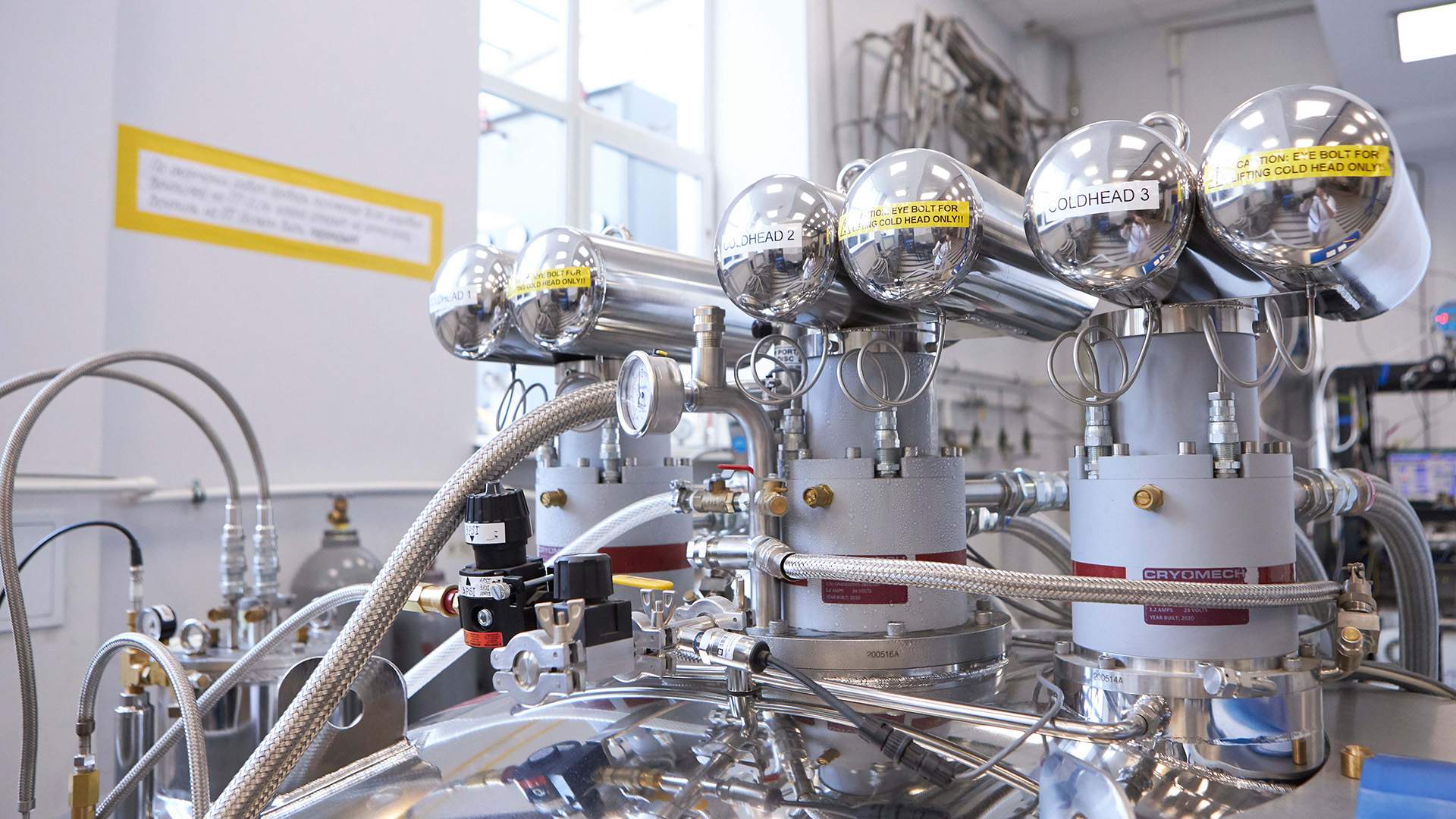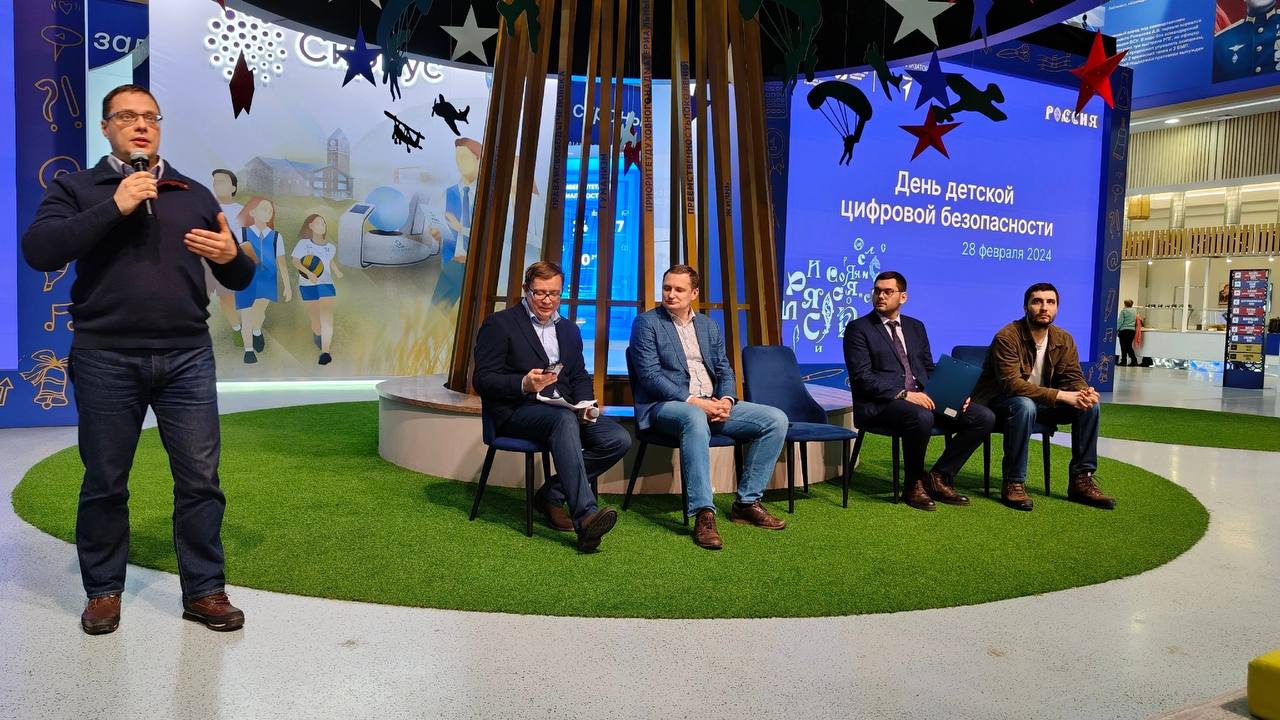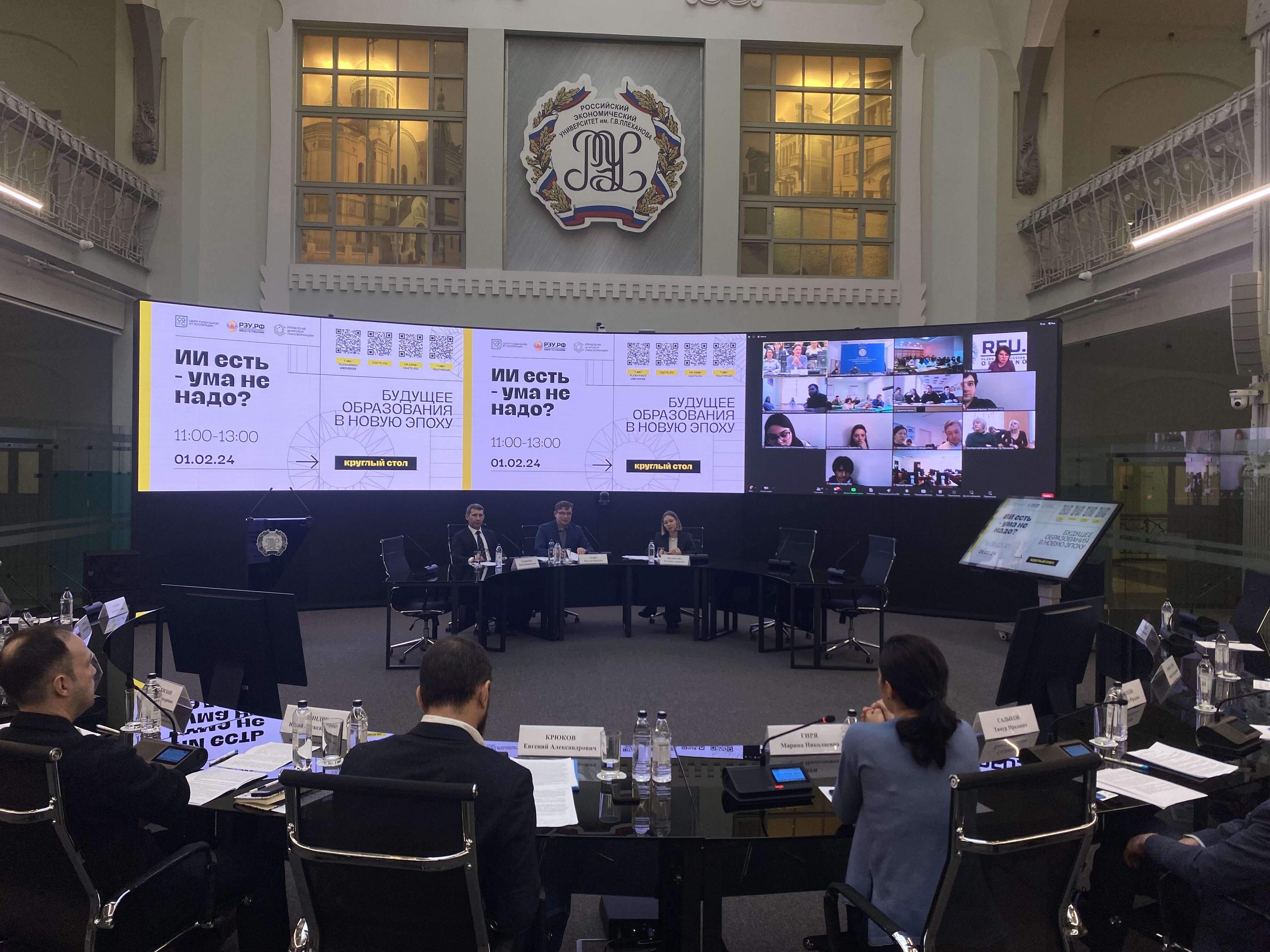The production will allow to solve the global problem of shortage of noble gases and ensure the country enjoys a decent strategic goods export volume, which will bring earnings of tens of millions of dollars per annum already at the first stage. In this article Izvestia explores the benefits of the global neon market leadership.
What is neon, and why is it important?
Neon belongs to a group of elements called the inert gases, or noble gases, which also includes argon, xenon, krypton, and several others. The most distinctive property of the noble gases is that they have low reactivity and almost never react with other elements. This is precisely what they own their value for various industries to.
Neon is often associated with illuminated signs. Along with other inert gases, it can be used this way indeed, however, today it is primarily utilized for semiconductor manufacturing. Neon makes it possible to use the deep-ultraviolet photolithography and excimer laser technologies, both of which allow modern semiconductor manufacturing. In fact, Moore’s law became applicable due to the use of increasingly shorter wavelengths during the photolithography process. A total of approximately 70 % of all neon produced in the world is in the service of the semiconductor chip industry. While the industry requires nearly 540 metric tons of neon per annum, there is no real alternative to the inert gases today, and neither is it foreseen.
Neon is not a rare mineral with a limited number of deposits. On the contrary, it makes up approximately 0.002 % of the atmosphere, where it is distributed more or less evenly. However, obtaining it is not much easier than extracting lithium or gold from seawater. Most inert gases are by-products of steel production. In this context, we can say that key neon, argon, and similar deposits are located at steel mills, but that’s not everything. Not all technological processes cause noble gas emissions, and the ones that do are mostly used at morally obsolete industrial plants built back in the last century.
It is often believed that the post-Soviet space is not heavily involved in the high-tech manufacturing industries and specializes mainly in the export of raw materials and goods with a low processing level. This is not entirely true, and when it comes to the noble gases, this is not true at all, since the lion’s share of such materials is produced in the post-Soviet states, in Russia and Ukraine to be precise. Most neon and argon are produced from Russian plants and purified in Ukraine. That said, Ingas, one of the two major neon producers, is located in Mariupol, in the territory of the Donetsk People’s Republic (DPR); the other one, in Odessa. Together, Russia and Ukraine used to account for nearly 50–55 % of the global supply of noble gases, the post-Soviet space supplying over 90 % of U.S. noble gas imports.
What has caused the shortages?
The state of the semiconductor industry has already been quite complicated: the demand for semiconductors shot up amid the global pandemic, the gap between supply and demand widening. Issues related to the supply of noble gases further exacerbated the problem. Production facilities began to halt their operations during the first days of the special military operation, both Ingas (for obvious reasons) and Odessa-based Cryoin announcing the suspension of production.
However, noble gas prices began to rise even before the events in Ukraine started: in China, during the period lasting from the middle of last year till February 2022, neon prices increased fourfold, reaching $275 per cubic meter. After Ukrainian plants were shut down and Russia announced restrictions on the exports of both raw materials and pure noble gases, the prices soared ninefold to nearly $2500 per cubic meter, which is about a thousand times the current natural gas price in European markets.
That situation was only bearable because most companies engaged in the industry already had fairly large noble gas reserves, which prevented the increase in noble gas prices from immediately causing a chip price hike.
Are there any alternatives?
In a sense, such state of affairs has benefited China. Even though the PRC’s chip manufacturing output is relatively big, it is precisely there where alternative neon, argon, and xenon production facilities, such as the Huate Gas company, are located. For a while, China enjoyed an almost monopoly position in the global market.
Last but not least, in February, it was discovered that Huate Gas had six months of noble gases stored. That is why Chinese chip manufacturers were not affected by the supply chain crisis in any substantive way. In general, small manufacturers, who could not afford to have a significant amount of gas in reserve, were hit hardest.
It is worth noting that in 2014, a similar crisis occurred, neon prices increasing sevenfold. Because international relations were stabilized and there was much less need for neon in general, the problem was solved relatively fast. Today, the process of preparation for inert gas production at a new location would take at least nine months, and the number of such locations is fairly limited. Moreover, the establishment of this kind of production facilities requires significant investments, and they will not necessarily be recouped when supply chains stabilize, which can happen sooner rather than later.
Some producers, for example, ASML, a Dutch company that manufactures lithography machines, that is, machines used for chip manufacturing, stated they had reduced their dependence on neon produced in the post-Soviet states to 20 % of previous levels. However, it is unclear whether it was done by using alternative suppliers or drawing on reserves, and if the latter, how long those reserves will last.
Russia seizing the opportunity
Russia is one of the countries that are able to establish production in their own territory. Being the world’s leading producer of raw noble gases, Russia has a natural advantage. It also has the expertise required to establish gas purification systems. The space requirements for high-purity neon production are relatively modest, which makes the space itself a laboratory rather than a full-fledged plant.
According to the Minister of Industry and Trade Denis Manturov, a specialized facility opened at Bauman Moscow State Technical University. By the end of the year, the output of neon is expected to increase to 70 thousand cubic meters per annum, accounting for over 10 % of the global production. The facility will use domestic neon-helium mixture reserves formed in air separation units of steel plants. In the future, the output will likely increase by 150 %, making Russia the global leader in full-cycle production. Therefore, it is a matter of securing stable supplies to foreign countries, which, in turn, can be hindered by sanctions. The production will be completely export-oriented: even today, only 5 % of the noble gases produced are used in Russia.
The control over such a significant part of the key technological segment will give the Russian economy greater stability in the face of international competition. Given the country’s natural advantages in the field, the production of high-purity neon will ensure technology exports valued annually at tens or even hundreds of millions of dollars in the shortest time possible.





